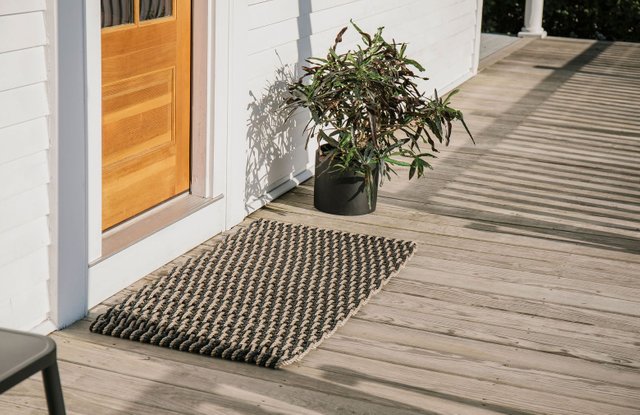Doormats are an excellent way to welcome people into your home or business, and they come in all shapes, sizes, colors, and materials. Furthermore, they protect your floors from dirt, grit, and other particles which could harm them and make cleaning or replacing them much more expensive.

1. The Lifecycle of a Doormat
Your doormat's lifespan depends on various factors, such as weather conditions and foot traffic it receives. Generally speaking, replacing your mat twice annually (or sooner if signs of wear and tear appear) is recommended; however, there are ways to extend its life and keep it looking new for an extended period.
2. Interior Decor
Selecting a doormat that matches the rest of your decor can add visual interest and keep floors clean. They come in all sorts of designs, from vibrant flowers to patriotic eagles or logos of favorite teams. Logo Mats matches the rest of your interior decor is an easy way to give it that finishing touch!
3. Absorption Rates
When selecting a doormat, its absorption rate should be taken into account. A poor absorption rate can trap dirt and water inside the mat, making it difficult to get dirt off footwear; additionally, this leads to stains and mold growth.
4. Doormat Shapes
Most doormats come in rectangle or half-moon shapes. These covers more surface area, making them ideal for larger doorways or areas with high foot traffic.
5. Decorative Design
There's an entire industry dedicated to designing doormats in various ways. They can be made to resemble flowers or birds, feature funny sayings, company names and logos, or even feature intricate patterns printed on them.
6. Commercial Use
Businesses might require a doormat that can withstand heavy foot traffic and lots of moisture. These mats come in various materials like PVC, coir, or vinyl with non-slip backings. They're often designed for main entryways in restaurants or retail stores with beveled edges to prevent visitors from slipping or falling onto them.
7. Outdoor and Indoor Use
If your home or office is frequently visited by foot traffic, having both an inside and outdoor doormat is recommended. Inside doormats tend to be better at withstanding moisture due to their rubber backing that won't expand or contract with changes in weather.
Indoor doormats are more effective at trapping dirt, as they're more absorbent than exterior mats and tend to do a better job of keeping the entrance of your house or business cleaner. When it rains, indoor doormats come in handy as they help slough away excess water and grit from shoes, keeping the floors dry and secure in your home or office.